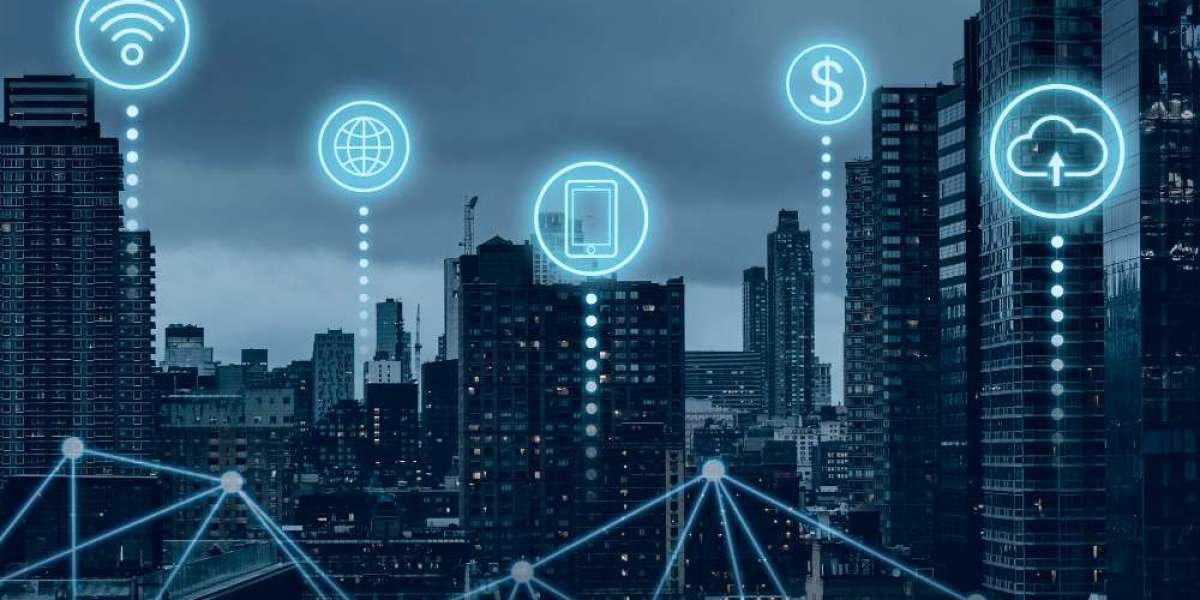By 2030, the Internet of Things (IoT) will be a fundamental part of everyday life, embedded in industries and homes, reshaping our interactions and daily routines. This advanced network of connected devices, sensors, and smart systems will enable cities, healthcare, homes, and transport to function with unprecedented efficiency, safety, and convenience.
The Rise of Smart Cities
Imagine a city where drones and autonomous vehicles navigate streets and skies seamlessly. In 2030, urban areas will be filled with IoT-enabled sensors tracking air quality, energy usage, and traffic flow in real time. These technologies will minimise traffic congestion, reduce accidents, and optimise energy use, creating a safer and more efficient urban environment.
Gartner projects that over 125 billion connected devices will be in operation by 2030, transforming the daily experiences of city dwellers. Autonomous vehicles will use advanced sensors to choose optimal routes, communicate with one another, and eliminate the need for driver intervention. With predictive maintenance, vehicles will notify and resolve mechanical issues before breakdowns occur.
IoT’s Impact on Healthcare
IoT will also revolutionise healthcare by 2030. Wearable health monitors will track vital signs like heart rate, glucose levels, and oxygen saturation, allowing healthcare providers to monitor patients’ health from anywhere. If irregularities arise, automated alerts will notify healthcare professionals and family members, allowing early intervention.
The global market for wearable devices reached $116 billion in 2022, and its growth will drive widespread use in healthcare. By 2030, it is expected that more than 80% of medical devices will be connected to IoT networks, facilitating real-time data sharing and diagnostics.
Smart homes will be equipped with emergency systems for the elderly and chronically ill, which will automatically alert hospitals if an issue is detected. Additionally, advances in 3D printing will allow for the creation of customised artificial organs, reducing waiting times for transplants and revolutionising patient care.
The Shift Away from Smartphones
The smartphone, as we know it, is likely to become a relic by 2030. Wearable devices, such as augmented reality (AR) glasses and smart lenses, will replace traditional mobile phones, providing hands-free communication and information access. IoT-enabled wearables will allow users to interact seamlessly with the digital world, from accessing emails to shopping, simply by wearing AR glasses. This evolution will make digital interactions faster, more immersive, and naturally integrated into daily routines.
A New Retail Experience
Shopping will become a personalised and efficient experience thanks to IoT. By 2030, in-store smart shelves will track stock and alert staff for restocking, while NFC-enabled bracelets or wearables will handle payments automatically. Sensors will offer tailored promotions to customers as they pass by stores, enhancing engagement. The integration of IoT in retail is expected to increase customer satisfaction and reduce operational costs.
Life in a Connected World
From homes that automatically adjust lighting and temperature to autonomous drones that provide transport, IoT will shape the world in ways that make daily life simpler and more intuitive. With over 500 smart devices per household predicted by 2030, our lives will be streamlined by a network of interconnected, responsive devices, redefining convenience and productivity.
To dive deeper into this transformative future, read the full blog: IoT 2030: How the Internet of Things Will Reshape Industries and Daily Life.








